Building a Greenhouse and Need Input!
tarabelle24
11 years ago
Related Stories

CONTRACTOR TIPSBuilding Permits: What to Know About Green Building and Energy Codes
In Part 4 of our series examining the residential permit process, we review typical green building and energy code requirements
Full Story
FARM YOUR YARDHow to Build a Raised Bed for Your Veggies and Plants
Whether you’re farming your parking strip or beautifying your backyard, a planting box you make yourself can come in mighty handy
Full Story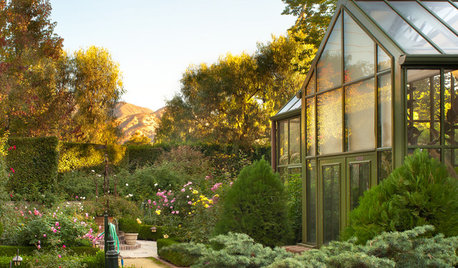
GREENHOUSESGreenhouses Bring Gardens in From the Cold
Get a jump start on summer plantings even if spring chills linger with a greenhouse or cold frames in your backyard
Full Story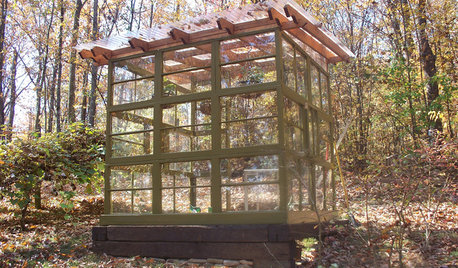
GARDENING AND LANDSCAPINGSee a Family Greenhouse Grown From Scraps
Can-do resourcefulness and less than $400 lead to a new 8- by 8-foot home for plants on a Tennessee family's property
Full Story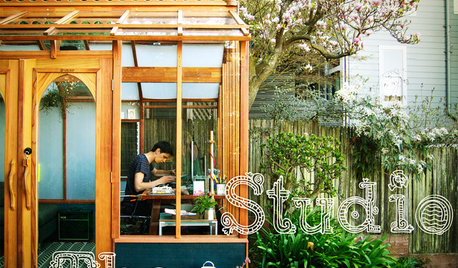
OUTBUILDINGSStudio Solution: A Kit Greenhouse Becomes a Creative Private Office
See how an inventive work-from-home designer made an office from a greenhouse, for some inspired thinking in the backyard
Full Story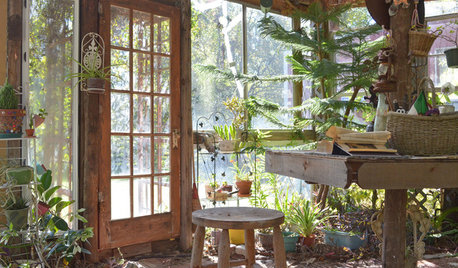
GREENHOUSESA Greenhouse Rises From Texas Tornado Wreckage
Barn damage became a blessing in disguise for a thrifty, creative couple with a hankering for more greenery
Full Story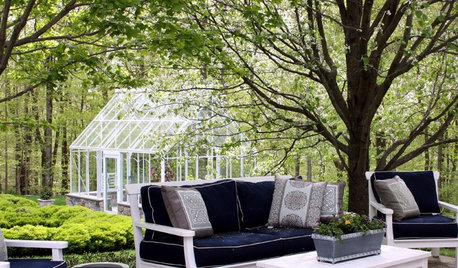
Houzz Call: Show Us Your Greenhouse
Submit a photo of your greenhouse and share what's growing!
Full Story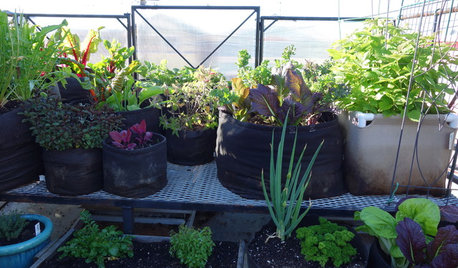
FARM YOUR YARDAn Urban Greenhouse Overflows With Edibles
Making meals just means stepping into the yard for a San Francisco couple who revamped an old orchid house
Full Story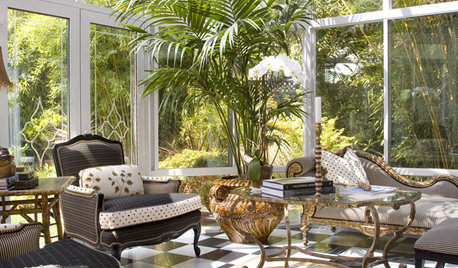
DECORATING GUIDESGo for a Greenhouse Effect With an Exotic Conservatory
Cultivate a rarified hothouse feel with or without all-glass walls; these inspiration photos and product picks show you how
Full Story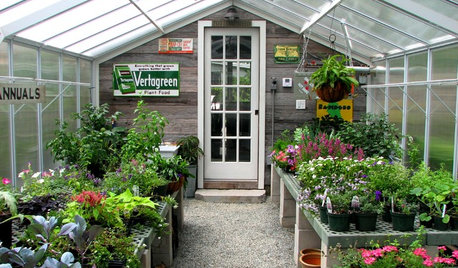
OUTBUILDINGSRoom of the Day: An Old Shed Becomes a Spa and Greenhouse
A garden-loving couple create the perfect place to have a soak and putter with their plants year-round
Full Story






fruitnut Z7 4500ft SW TX
tarabelle24Original Author
Related Professionals
Oatfield Landscape Architects & Landscape Designers · Pottstown Landscape Contractors · Alamo Landscape Contractors · Fort Hunt Landscape Contractors · Louisville Landscape Contractors · Mercedes Landscape Contractors · Placerville Landscape Contractors · Saint Paul Landscape Contractors · Greenfield Landscape Contractors · Glen Avon Solar Energy Systems · Los Angeles Solar Energy Systems · Milpitas Solar Energy Systems · Swansea Solar Energy Systems · Homer Glen Solar Energy Systems · Irvington Solar Energy Systemsfruitnut Z7 4500ft SW TX
tarabelle24Original Author
fruitnut Z7 4500ft SW TX
tarabelle24Original Author
karin_mt